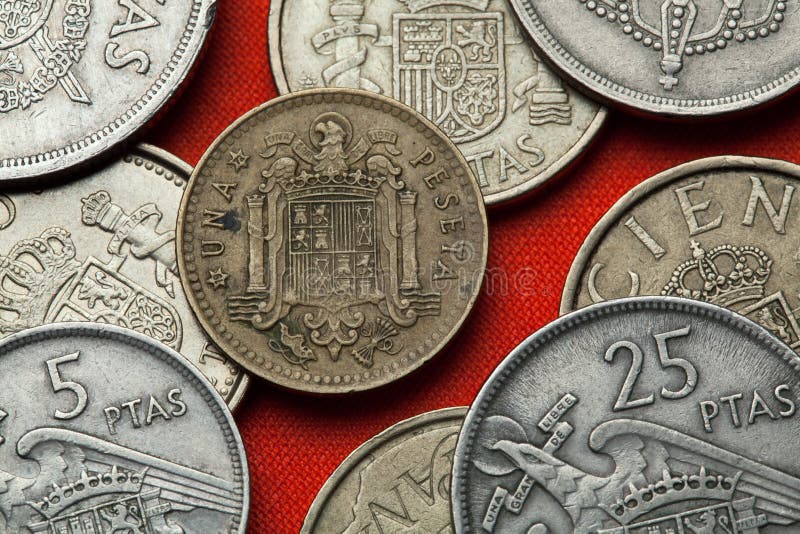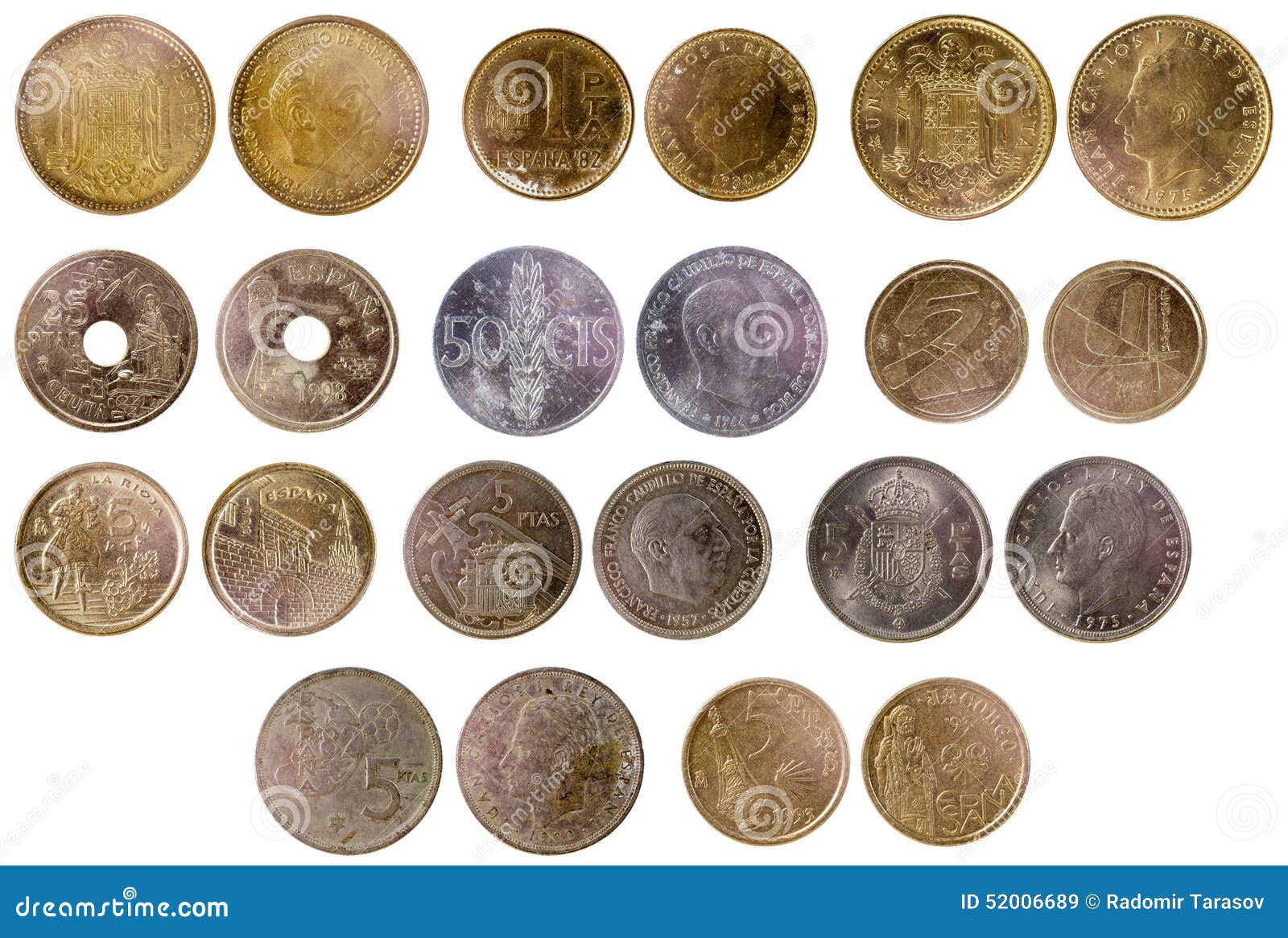

It sparked an investigation into whether it was a hoax or the coins had been dropped by someone during the famed 1776 Dominguez and Escalante Expedition, led by Spanish priests Father Atanasio Dominguez and Father Silvestre Velez de Escalante. It’s unclear if the coins - one dating back as early as 1252 and another as early as 1662 - were accidentally or intentionally dropped there by a visitor at Lake Powell, Plumb said.Ī Colorado hiker discovered the coins near the Halls Crossing Marina in 2018 and turned them over to National Park Service rangers. Two centuries-old Spanish coins that were found near Lake Powell last September are authentic, but were determined to be a part of a modern coin collection, Glen Canyon National Recreation Area spokeswoman Mary Plumb said Tuesday. Reading or replaying the story in itsĪrchived form does not constitute a republication of the story. The most plausible explanation is the Spanish coins were accidentally or intentionally dropped relatively recently.Only for your personal, non-commercial use. “The lack of nearby places having potential to contain ancient deposits suggests the coins are not associated with 17th- or 18th-century Native Americans or Spanish explorers,” the park service release states. Among the trash scattered there were 15 U.S. And investigators found plenty of modern objects at the site. The moist environment on a canyon floor is not conducive to the long-term preservation of metallic objects. It was the context of the location, in a canyon bottom along with scattered houseboat trash, that shot down the possibility the coins were left centuries ago. The chances that a historic expedition was carrying coinage of such far-ranging vintages seemed remote but still possible. And these two coins, as tantalizing as they first appeared, offer no insights into that possibility. Some historians have speculated that Spanish explorers and soldiers had wandered into Utah long before the Franciscan priests, but little physical evidence has surfaced to support that. The coins’ mintings, four centuries apart, date to at least a century before the famous expedition of Atanasio Domínguez and Silvestre Vélez de Escalante, who crossed southern Utah in 1776.

The larger coin is a “16 maravedis," dating from 1662 to 1664. The smaller of the two coins, called a dinero, was minted between 12, dating to the reign of Alfonso X. The park service launched an archaeological inquiry, hiring Spanish coin experts Fernando Vela Cossio and Luis Fernando Abril Urmente to help with identification and scouring the spot where they were recovered.

Not immediately appreciating their historic significance, a hiker picked up the coins late last year and then turned them into park officials after realizing they could be artifacts, according to a May 8 post on National Parks Traveler. This is why archaeological artifacts should be left in place and reported to the land management agency where they are is just as important as what they are.” “Second, the coins’ exact location and what they were found with has contributed to educated guesses about their history.

“First, the visitor who found the coins and turned them into the park showed great respect for the history and resources in the park and instead of keeping them, ensured everyone could learn about the coins,” the park service wrote in a news release Tuesday.


 0 kommentar(er)
0 kommentar(er)
